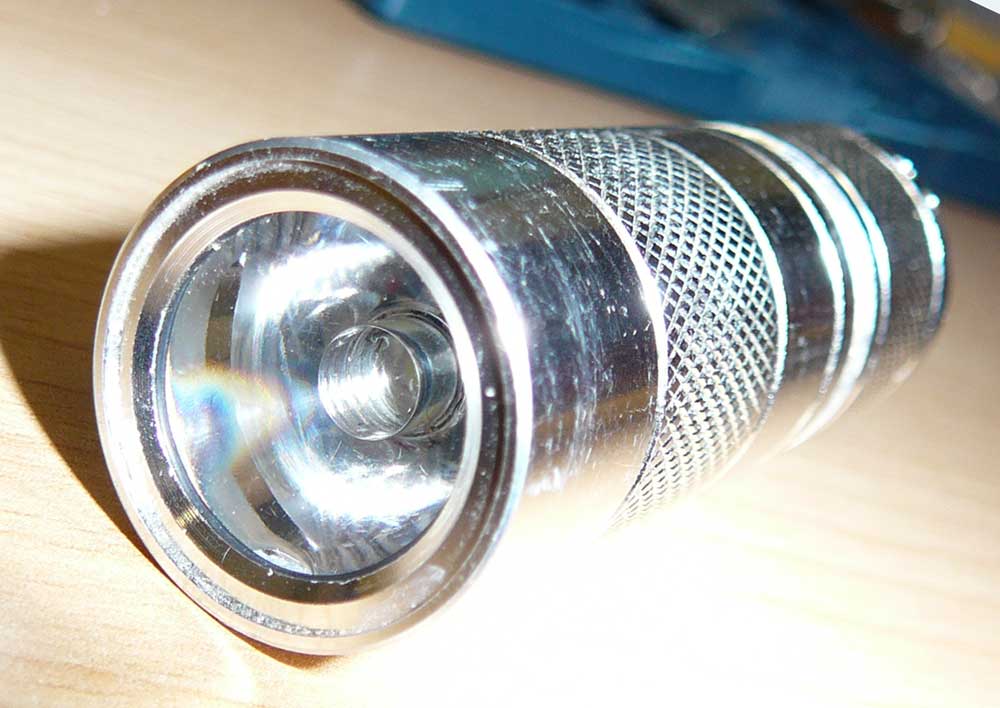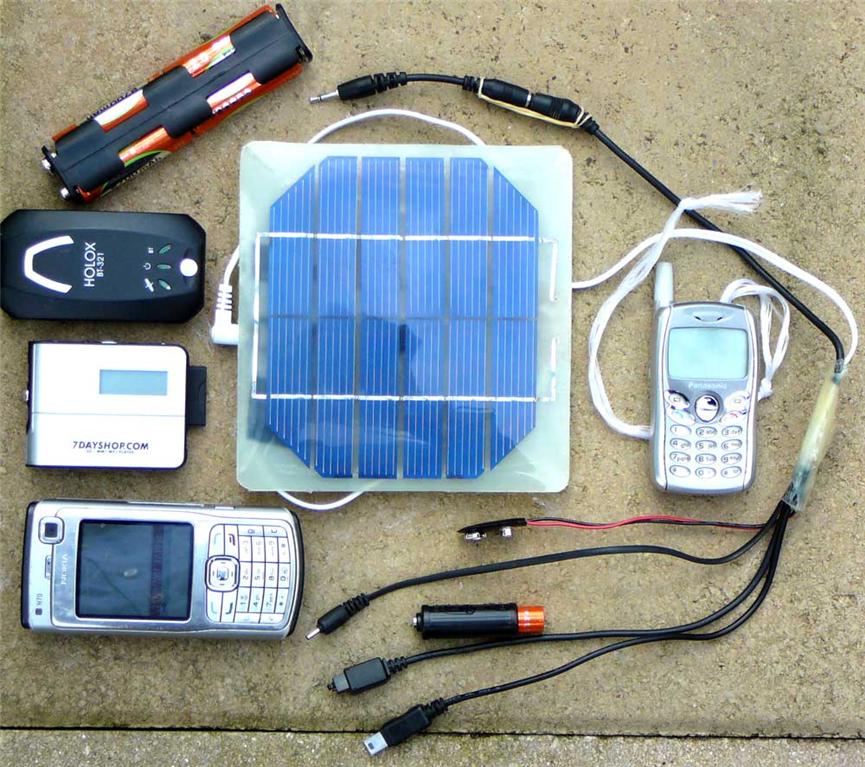On searching further through the forums, I chanced upon someone who had really built a nice system using three LEDs in series all controlled by a board made by http://www.taskled.com I made further investigations, and found they made a board which would appear to suit my purposes, I needed to power up three LEDs at least. below is the lead to TaskLED
bryfos:I would say my system would charge a 7.2v battery no problem... giving 500ma + most of the time...but if running the LEDs from a battery, I would use a Constant current driver...these are what I use now...http://www.taskled.com/these are pretty much the best drivers around...I use the bflex for most things, including my bike lights...great work guys...No more from me, please email me for any more info...don't want to hyjack gone fishing's thread...bestKtronik
This next forum insertion of mine, will explain more about what I did next, which included modifying the original bicycle light which came with the dynamo Hub.
This is an update on my progress so far, regards my bicycle lights using Seoul p4 "u bin" stars.
I originally planned to use a variable voltage regulator to control the throughput of the LEDs, this indeed I tried but a certain fact was pointed out to me, which was that the LEDs would gradually creep up in current even though the voltage was stable; this became evident and although no LEDs were damaged I had to rethink the idea.
Through the forum's The TaskLed site featured for current limiting devices, and George of task led was very helpful, I eventually chose a boost converter named "Fatman
: my system is primary drive via A A rechargeable cells eight in total in series giving about 10 plus volts output. I require phone charging ability, plus charging my satellite navigation receiver and my MP3 player and utility torches. (For use while touring)
The existing B. and M. dynamo front light was halogen and rated at 3 W I wanted if possible to reuse that light, configured/adapted to use LED and also run off the battery bank directly via "fatboy. " I tried to use a bare emitter but had problems with the cooling and ruined one LED by sadly crippling it giving it a blue tint and much reduced output.
Plan B. entailed coring out the back of the reflector with a hole cutter of suitable size to take a five degree by 25 degree optic and holder, with the heat sink firmly attached to the star whittled down to fit the hollowed out rear end of the B&M lamp, everything put back together and you could not see that it had been modified apart from the optic pressed against the front of the original headlight acrylic.
I was worried that the cooling may not have been sufficient as it was enclosed in plastic, I think it may be a problem if it were to be run at 1000 milliamps continually, but as 700 milliamps is indeed the sweet spot as I have proved by using the dimmer pot to adjust the light to the point of diminishing returns and measuring the current afterwards. I don't feel that heating is going to be a problem.
I planned on using three LEDs as my total loading, but my battery configuration giving 10 volts output meant that my boost converter would go into direct drive when I reduced the power output if I only used three! Even though it turned it down to 350 milliamps I required even further reduction to enable me to have an emergency lighting situation, for example if I chose to cycle through the night even though my 3 W Hub dynamo would be boosting the batteries one bank at a time switchable.
So I decided to bring four lights into the equation, with a small amount of testing this proved to be the answer to my battery configuration, using the trim pot I could then drop the output to about 70 milliamps which by the way was still brighter than the original lighting system.
The forward voltage from memory as I believe 2.7 volts minimum, so for approximation four times 2.7 equals 10.8 volts... 10.8 volts at 70 milliamps equals about threequarters of a Watt total for the four LEDs at a minimum power level, fully sustainable as the Hub dynamo is rated at 3 W.
I will win no prizes for originality as to the construction of my main lamp consisting of three LED stars in a very close triangular configuration screwed down to an old aluminium frying pan base and into the CPU heat sink on the rear, the frying pan was 50p at a car boot sale the heat sink was also 50p at the same car boot sale, screwing the stars down avoided using the very expensive thermal epoxy, I instead used normal heat sink paste. In my main lamp the lenses consist of 15 degree/25 degree/five by 25 degree elliptical: the B. and M. contains another five by 25 elliptical.
I rigged up a power supply temporarily, the lights were firmly fixed in their correct position on the bike and I tried them down a dark country lane tonight!!! Wow! I am amazed at the result and am very very pleased. With the lowest setting lighting is still adequate but at full beam I am a bit worried about dazzling the oncoming traffic! seriously. I see the need for a spot of about four or 5° instead of perhaps the 15 degree as a possible improvement but I feel I must be a bit picky to say that. I cannot compare them to the Cree LEDs as I have not used any yet, but I am totally sold on LED lighting for bicycles.
I bought the LEDs from Deal Extreme at approximately three pounds 50 each including postage so we will say £15 for the LEDs plus the optics, scrap box hardware mostly free.
If anybody is interested I will photograph my lights and put them online, I will claim originality for the modification to the B. and M. front light as I have not seen it done anywhere else, very effective and easy to do. With the added benefit of keeping the nice reflector surround.
I am very impressed with Task Led, the Fatman
boost converter is very efficient and tiny, when running about 700 milliamps through the LEDs the boost converter is consuming about 1.2 amps from the 10 plus volts supply, in other words consuming about 12 W ... the LEDs will be running approximately 3.6 volts each equals 14.4 volts times .7
equals 10.08 W which very roughly is 80% efficient but as that is a very rough calculation and the tiny board hardly heats up at all at that current I have a feeling the efficiency is much higher. Perhaps I will do some more checking on voltage readings and current readings.








 Anything but fat superb up converting constant current regulator from TaskLED.
Anything but fat superb up converting constant current regulator from TaskLED.
 Above two pics .. lets hear it for the genny!!!
Above two pics .. lets hear it for the genny!!! Rear all lit up .. runs from key sw on position direct from batts
Rear all lit up .. runs from key sw on position direct from batts Charging switches bottom, left is generator connect disconnect, right is battery bank charge select.
Charging switches bottom, left is generator connect disconnect, right is battery bank charge select.